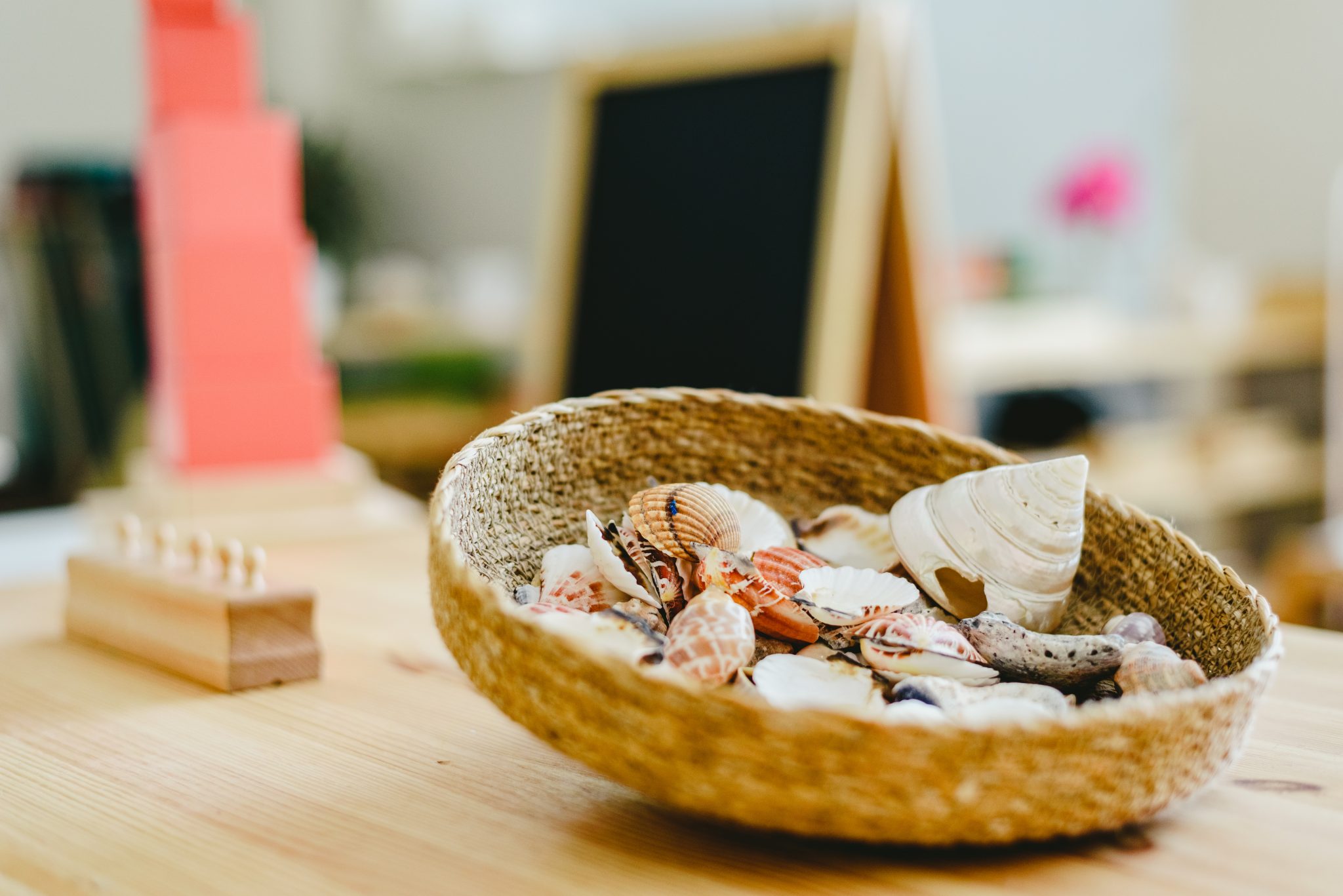Author: cheqdin
Published Date: February 25, 2019
Children are at their happiest when given space to explore. They scuttle around their environment touching, handling and chewing on anything they can grab with their tiny hands. But what do you think of an idea that turns this seemingly natural process into an avenue for learning and fun? This is precisely what heuristic play is all about.
This article will introduce you to the world of heuristic play and how you can set about incorporating its idea for your kids.
What is the Heuristic Play Idea?
The term heuristic play was coined by child psychologist Elinor Goldschmeid in the 1980s. The heuristic play idea simply involves allowing children to play with real-world objects that are present in the home. The reason behind this is to provide children with familiar items that they can explore in several ways without interference from an adult. As a result, the kids end up learning about the different types of sensory stimulation in a fun environment.
A major focus of heuristic play is the ‘treasure basket' containing everyday objects. By touching and playing with the items in the treasure basket, children can begin to understand their world while simultaneously forming their own choices.
How to Make a Treasure Basket
The treasure baskets used in heuristic play are typically sturdy, low-sided baskets which the babies can reach into easily. You can also experiment with sturdy cardboard boxes or wide metal tins with smooth edges. Just make sure it can hold about 20 – 30 everyday objects at a time. You can always add or remove items so as to keep the learning experience fresh in the mind of your kid and, also, for sanitary conditions.
What Items Should You Put in the Treasure Basket?
As the very idea of heuristic play is centred around exploring natural objects, any toys or items made with plastic will have to move out of the picture. Go for a variety of natural objects of different shapes, patterns, textures and colours to ensure it holds the interest of the kids.
You can experiment with anything from shells, toilet rolls, egg boxes, rubber balls, pumice, wooden bowls, measuring spoons, pieces of cloth, bottle brushes, wooden pegs, a pinecone, metal teapot, orange, small mirrors, large pebbles, colored ribbons, cardboard tubes, tea strainers and feathers to rubber door stops and shower puffs.
Setting up a Play Pen
The effectiveness of heuristic play idea depends on the environment and the treasure basket. The environment should be relaxed and free from every form of distraction such as TV and other toys. The only thing in the designated playpen should be the treasure basket.
You should fix a time when play will start and stop. However, most experts recommend 30 minutes of playtime in a day, after which the basket is stored away for next time. Also, it’s best not to make this a daily routine as they can get tired of the objects easily. A couple of times a week will do just fine.
What are the Benefits of Heuristic Play?
Now that you have an idea of what heuristic play means let’s have a look at what its benefits are.
It Stimulates a Multi-Sensory Experience
The items in the treasure basket offer children an opportunity to experience varied sensory stimulation. How is this possible? At the start of play, a child chooses the object that catches his fancy. Let's assume that the object is an orange. The mere act of reaching out to grab the orange contributes to the development of his hand to eye motor skills. Also, the process of moving the orange around develops his muscle control.
How about when he gets tired of the orange and moves on to feathers to play with next? He quickly learns that everything does not feel, look, or sound the same. This accumulation of knowledge will be applied in the subsequent handling of other objects.
It is Versatile
That wooden bowl that your kid is so fascinated with can be used in several ways. She can use it as a helmet, a drum, or a means of transporting other toys. Do you get the idea?
The only thing heuristic play requires of children is creativity and imagination – which kids have in abundance. This will help them explore how to use an object in many different ways.
It is Inexpensive
Two weeks is about the length of time kids play with a new toy before getting bored. With heuristic play, there is no need to get shiny new toys every fortnight. And yes, two weeks is about the length of time kids play with a new toy before getting bored. Of course, there is no denying that you might need to splurge every now and then. But just using everyday objects that can be found in your home is enough to keep your kid occupied for as long as possible.
It Revolves Around the Child
The heuristic play idea puts children in the driver’s seat of assuaging their curiosity. The only intervention required of any adult is providing the treasure basket, and of course, a safe space for the exploration. It removes you from the task of having to keep them consistently engaged. The kids get to decide on what they want to do and come up with creative ways to use their toys.
Last Words
Even though the heuristic play idea is led by the child, and hinges on allowing them to play in a distraction-free environment, your role as an adult overseer is still important. Since most of the exploration will involve putting objects in their mouth, adults should sit back and be watchful to prevent any incidents of choking. Try not to encourage or distract the kids while they play. The freedom to explore the fascinating mound of treasure at their own pace will be a rewarding experience in itself for the little ones.
Related Links


